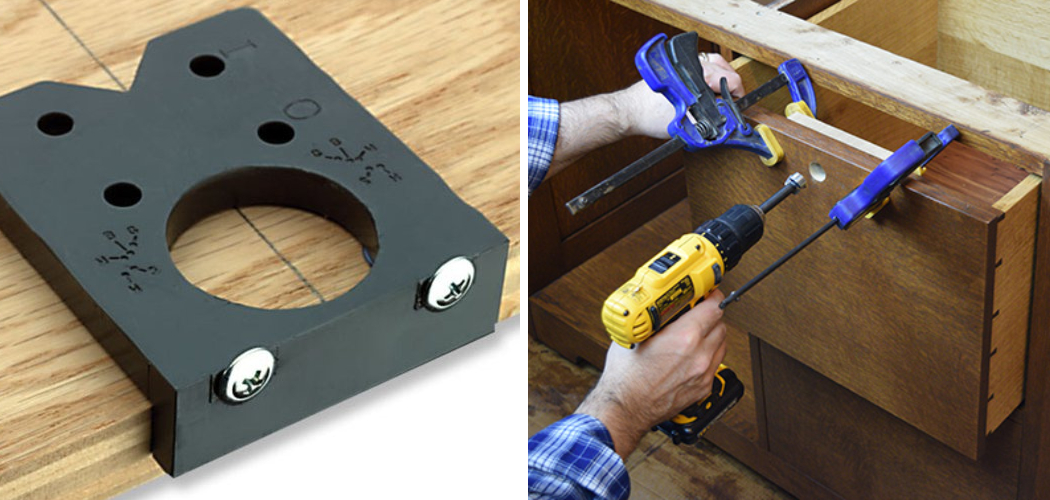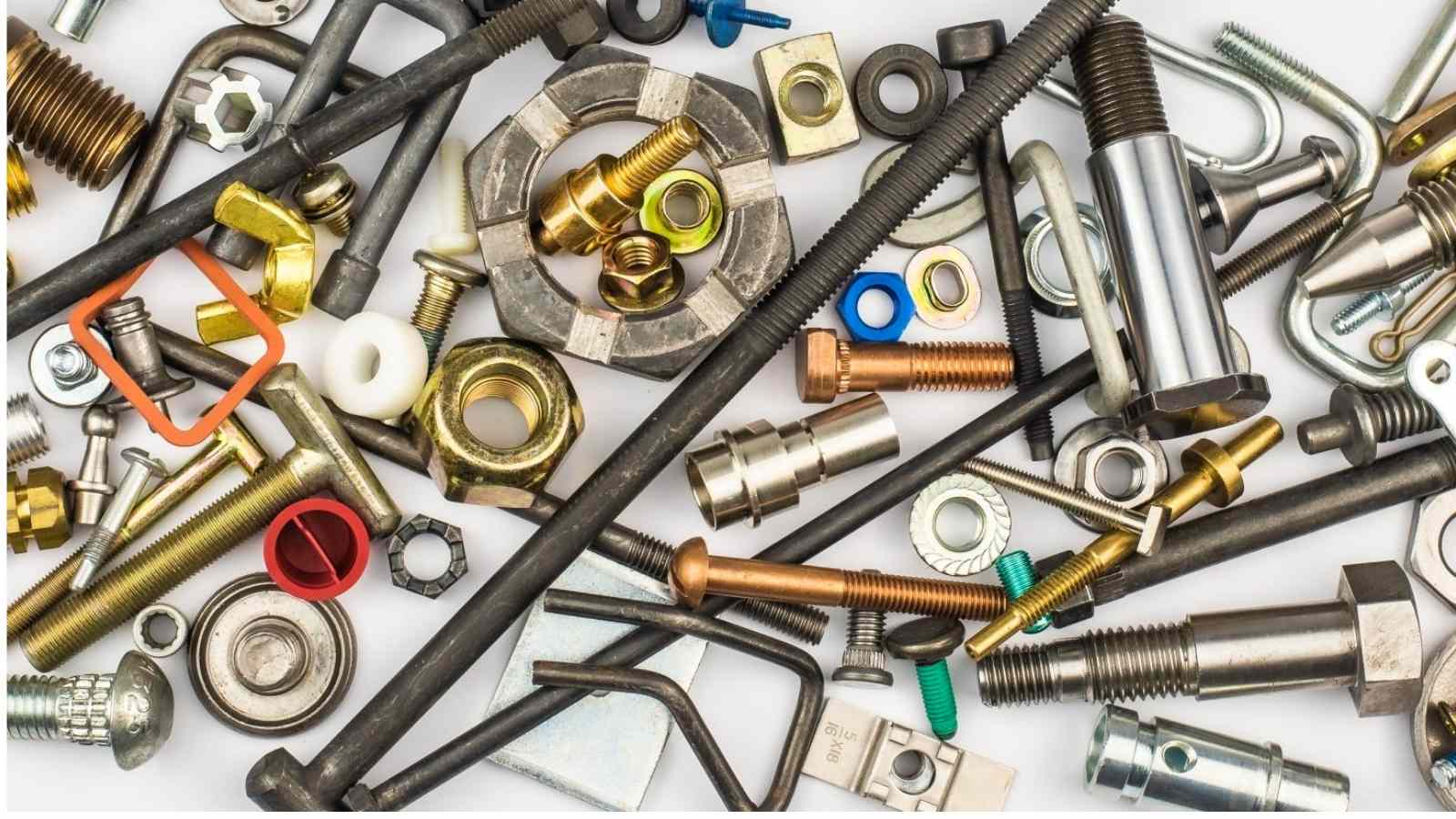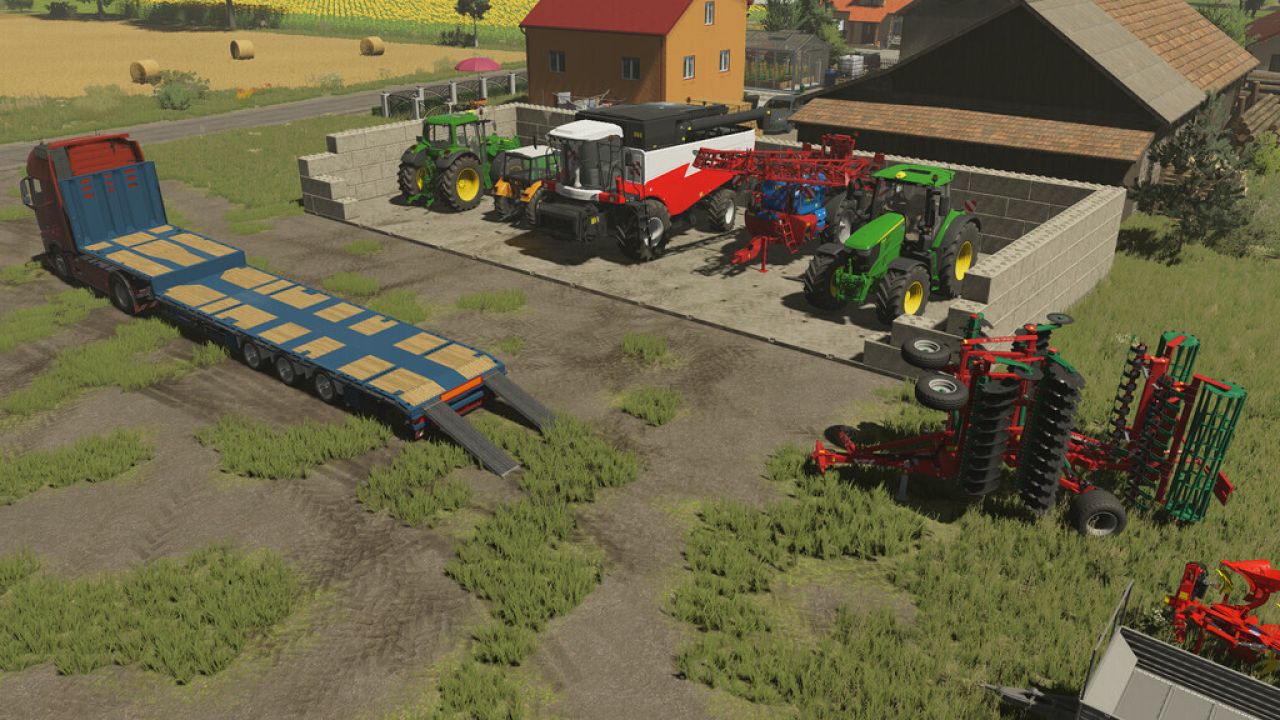Understanding Concrete Block Walls and Cabinet Installation

Hanging cabinets on concrete block walls presents unique challenges compared to traditional drywall or wood-framed walls. Concrete blocks are denser and less forgiving than other building materials, requiring specialized techniques and tools for secure installation.
Types of Concrete Block Walls
Concrete block walls come in various types, each with different structural properties and suitability for cabinet installation.
- Solid Concrete Block Walls: These walls offer the greatest strength and stability, making them ideal for heavy cabinet installations. Their solid structure provides ample anchoring points for cabinet mounting hardware.
- Concrete Block Walls with Mortar Joints: Common in residential construction, these walls have mortar joints between blocks, providing some flexibility and making them suitable for lighter cabinets. However, it’s crucial to choose appropriate mounting hardware and ensure proper installation techniques to avoid cracking or weakening the mortar.
- Concrete Block Walls with Insulated Foam Blocks: These walls incorporate insulation within the block structure, offering improved thermal performance but potentially posing challenges for cabinet installation. The foam blocks may be less robust than solid concrete blocks, requiring careful selection of mounting hardware and installation methods to ensure secure attachment.
Methods for Securing Cabinets to Concrete Block Walls
Different methods can be employed to secure cabinets to concrete block walls, each with its advantages and disadvantages.
- Concrete Anchors: These anchors are designed to expand within the concrete block, providing a secure hold for screws or bolts. They come in various sizes and materials, such as lead, plastic, or metal, and are suitable for both solid and hollow block walls. Concrete anchors are often the preferred choice for heavy cabinets due to their high load-bearing capacity.
- Toggle Bolts: These bolts have a spring-loaded mechanism that expands within the block when tightened, creating a secure anchor point. Toggle bolts are typically used for lighter cabinets and can be installed in both solid and hollow block walls. They are often a cost-effective alternative to concrete anchors.
- Heavy-Duty Screws: Specialized screws designed for concrete can be used to directly attach cabinets to solid concrete block walls. These screws typically have a coarse thread and a hardened tip for improved penetration and holding power. While they offer a simple and straightforward installation method, they are generally not recommended for hollow block walls.
Tools and Materials for Cabinet Installation

Having the right tools and materials is essential for a successful cabinet installation on a concrete block wall. The tools and materials you need will vary depending on the size and weight of the cabinets you are installing, but some basic tools and materials are required for most installations.
Tools
The tools required for installing cabinets on a concrete block wall include:
- Stud finder: This tool helps locate the studs in the wall, which are the vertical supports that provide strength to the wall. Locate the studs before drilling any holes for mounting cabinets.
- Level: This tool ensures that the cabinets are installed level and straight. Use a level to check the horizontal and vertical alignment of the cabinets.
- Measuring tape: Use a measuring tape to determine the size and location of the cabinets, and to mark the wall for drilling.
- Pencil: Use a pencil to mark the wall for drilling. Make sure the marks are clear and visible.
- Drill: A drill is necessary for drilling holes in the concrete block wall. Use a drill with a hammer drill function, which provides more power for drilling into concrete.
- Drill bits: Choose the appropriate drill bits for drilling into concrete. Concrete drill bits are designed to cut through hard materials.
- Screwdriver: A screwdriver is necessary for attaching the cabinets to the wall. Use a screwdriver with a magnetic tip to prevent screws from falling out.
- Safety glasses: Safety glasses protect your eyes from flying debris when drilling into concrete.
- Work gloves: Work gloves protect your hands from cuts and scrapes.
- Caulk gun: Use a caulk gun to apply caulk around the edges of the cabinets, sealing any gaps and preventing moisture from entering.
Materials
The materials required for installing cabinets on a concrete block wall include:
- Fasteners: Choose the right fasteners for the job. For light-duty cabinets, you can use drywall anchors or toggle bolts. For heavier cabinets, you may need to use concrete screws or expansion anchors.
- Caulk: Use caulk to seal the gaps between the cabinets and the wall. Caulk prevents moisture from entering and helps to create a clean and professional finish.
- Cabinet mounting hardware: Cabinet mounting hardware is used to attach the cabinets to the wall. This hardware typically includes screws, brackets, or plates.
Fasteners
How to hang cabinets on concrete block wall – Choosing the right fasteners for installing cabinets on a concrete block wall is crucial for ensuring that the cabinets are securely attached and will not fall down. There are many different types of fasteners available, and each has its own advantages and disadvantages. The type of fastener you choose will depend on the size and weight of the cabinets you are installing.
| Fastener Type | Description | Applications |
|---|---|---|
| Drywall Anchors | These anchors are designed to be used in drywall or plaster walls. They are typically made of plastic or metal and have a threaded hole in the center. When a screw is driven into the anchor, it expands and creates a tight grip in the wall. | Drywall Anchors are suitable for lightweight cabinets, such as small medicine cabinets or spice racks. |
| Toggle Bolts | Toggle bolts are a type of fastener that is designed for use in hollow walls, such as drywall or plaster walls. They consist of a bolt with a spring-loaded toggle that expands behind the wall when the bolt is tightened. This creates a secure hold in the wall. | Toggle bolts are suitable for medium-weight cabinets, such as kitchen cabinets or bathroom vanities. |
| Concrete Screws | Concrete screws are designed for use in concrete, block, or brick walls. They have a special thread that helps them grip the material and prevent them from pulling out. | Concrete screws are suitable for heavy-duty cabinets, such as kitchen cabinets or bathroom vanities. |
| Expansion Anchors | Expansion anchors are designed to be used in concrete, block, or brick walls. They consist of a metal sleeve with a threaded hole in the center. When a screw is driven into the anchor, the sleeve expands inside the wall, creating a tight grip. | Expansion anchors are suitable for heavy-duty cabinets, such as kitchen cabinets or bathroom vanities. |
Selecting Fasteners
The following factors should be considered when selecting fasteners for cabinet installation:
- Cabinet weight: The weight of the cabinet is the most important factor to consider when selecting fasteners. Heavier cabinets require stronger fasteners.
- Wall material: The material of the wall also affects the type of fastener that should be used. Concrete block walls require different fasteners than drywall walls.
- Cabinet size: The size of the cabinet also affects the type of fastener that should be used. Larger cabinets require more fasteners to ensure they are securely attached.
- Cabinet type: The type of cabinet also affects the type of fastener that should be used. Cabinets with drawers or shelves may require different fasteners than cabinets with doors.
Installation Techniques and Best Practices: How To Hang Cabinets On Concrete Block Wall

Installing cabinets on concrete block walls requires specific techniques and considerations due to the material’s density and rigidity. Understanding the proper installation methods is crucial for ensuring a secure and level installation.
Marking and Drilling Pilot Holes, How to hang cabinets on concrete block wall
Marking and drilling pilot holes are essential steps before installing cabinets on concrete block walls. This process helps ensure accurate placement and prevents the fastener from slipping or cracking the block.
- Measure and Mark: Use a tape measure and a pencil to mark the desired location for the cabinet on the wall. Ensure the markings are level and accurate.
- Locate Studs: Concrete block walls may have embedded studs for structural support. Using a stud finder, locate these studs for additional support when installing cabinets.
- Drill Pilot Holes: Drill pilot holes using a masonry drill bit that is slightly smaller than the diameter of the chosen fastener. Pilot holes guide the fastener and prevent it from cracking the block.
- Depth of Pilot Holes: The depth of the pilot hole should be approximately 75% of the fastener’s length. This ensures sufficient anchoring depth.
Hanging Cabinets with Different Fasteners
Several fasteners are suitable for hanging cabinets on concrete block walls. Each type offers specific advantages and considerations for installation.
- Concrete Screws: Concrete screws are designed for use in concrete and masonry materials. They feature a self-tapping tip and a thread pattern that helps them grip the material securely.
- Toggle Bolts: Toggle bolts are a versatile option for hanging heavy items on concrete block walls. They consist of a threaded bolt with a spring-loaded toggle mechanism. The toggle expands behind the wall when the bolt is tightened, providing strong holding power.
- Heavy-Duty Anchors: Heavy-duty anchors are available in various sizes and materials. These anchors are inserted into pre-drilled holes and expand behind the wall, providing secure support for cabinets.
Best Practices for Secure and Level Installation
Following best practices during installation ensures a secure and level cabinet installation on concrete block walls.
- Use Level: A level is essential for ensuring the cabinet is installed horizontally and vertically. Check the level frequently during the installation process.
- Pre-Drill Pilot Holes: Always pre-drill pilot holes before installing any fasteners. This helps prevent cracking the block and ensures the fastener goes in straight.
- Proper Fastener Selection: Choose fasteners appropriate for the weight of the cabinet and the type of concrete block wall. Oversized fasteners can damage the wall, while undersized fasteners may not provide sufficient support.
- Stagger Fasteners: Stagger the placement of fasteners to distribute the weight evenly across the wall. Avoid concentrating all fasteners in one area, as this can put excessive stress on the wall.
- Support and Bracing: Use additional support or bracing, such as cleats or shelves, for heavier cabinets or cabinets with deep shelves. This helps distribute the weight and prevent sagging.
Hanging cabinets on a concrete block wall requires special considerations, such as using heavy-duty anchors or specialized mounting systems. For a more streamlined approach, consider the tripp lite wall mount cabinet , which offers a pre-engineered solution for secure and efficient storage.
Whether you choose to mount your cabinets directly or opt for a pre-designed solution, ensuring a secure installation is crucial for safety and long-term functionality.
Hanging cabinets on a concrete block wall requires specialized anchors and a bit of planning. If you’re looking for a stylish and functional option, consider the elite 54 inch wall cabinet , which offers both elegance and durability. Once you’ve selected your cabinets, be sure to use appropriate anchors designed for concrete, and always consult with a professional if you have any doubts about the installation process.